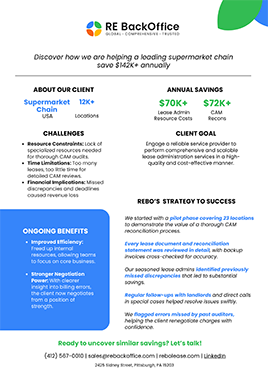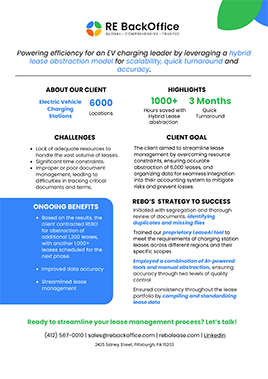
When a lease term concludes or is terminated, a key aspect for both tenants and landlords is the condition in which the leased premises should be surrendered. This clause, often detailed in lease agreements, outlines specific responsibilities and expectations to ensure a smooth transition and to minimize potential disputes. Here's an in-depth look at what typically constitutes the “Condition at the End of the Term” and the associated obligations.
Surrendering the Premises
General Expectations:
At the end of the lease term, the tenant is generally required to return the leased property in the same condition as it was when initially taken, allowing for normal wear and tear. This means any significant damage or alterations made during the tenancy must be addressed by the tenant.
Definition of Normal Wear and Tear:
Normal wear and tear refers to the natural deterioration that occurs due to aging and regular use of the property. Examples include minor scuffs on walls, worn carpets, or faded paint. It does not cover damage resulting from negligence, abuse, or misuse of the property.
Restoration Obligations
Repair and Restoration:
If any damage has occurred beyond normal wear and tear, the tenant is responsible for repairing and restoring the premises. This includes fixing holes in the walls, replacing broken fixtures, and ensuring all systems (plumbing, electrical, etc.) are in working order.
Fixtures and Alterations:
If the tenant has installed any fixtures or made alterations, they must either remove these and restore the premises to its original state or leave them if allowed by the landlord. Significant damage caused by the removal of fixtures must be repaired by the tenant.
Timeline for Removing Personal Belongings
Clear Instructions and Deadlines:
The landlord typically provides clear instructions regarding the timeline for the removal of the tenant's personal belongings. This period is usually specified in the lease agreement or communicated in writing, often within 30 days of the lease's end.
Consequences of Non-Compliance:
If the tenant fails to remove their belongings within the specified timeline, the landlord has the right to take possession of or discard these items. However, the landlord cannot indefinitely retain the tenant's belongings, as the space may be needed for a new tenant.
Legal Considerations:
Landlords must handle abandoned belongings according to local laws and regulations, which often require giving notice to the tenant and allowing a reasonable time for retrieval before disposing of the items.
The “Condition at the End of the Term” clause is crucial in ensuring that the transition at the end of a lease is smooth and fair for both parties. Tenants should carefully adhere to their obligations, including repairing damage, removing personal items, and restoring the premises to avoid disputes and potential costs. Landlords, on the other hand, should provide clear guidelines and reasonable timelines to facilitate this process, while also complying with legal requirements regarding abandoned property. By understanding and respecting these responsibilities, both tenants and landlords can ensure a hassle-free conclusion to the lease term.


